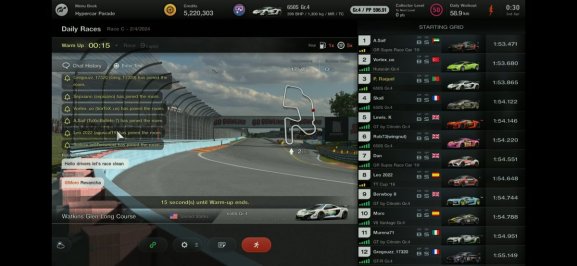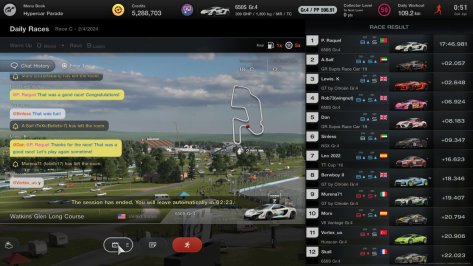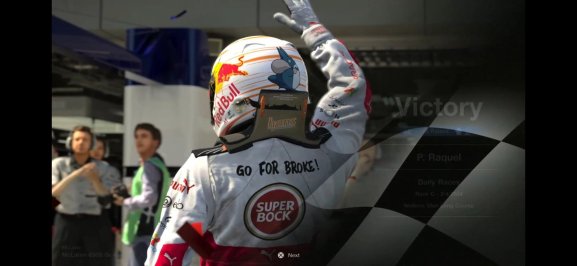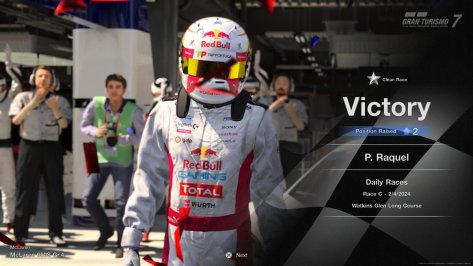Can you guys help me out here? When I'm braking hard, like when I'm coming up to a hairpin, in the past I always started to downshift and the same time I stomped on the brake. But it has occurred to me lately that stomping on the brakes, then starting to downshift after a second seems to brake much quicker (shorter distance). Or maybe it depends on the car?
What's the physics (or whatever) with this?
I tend to similarly, instantly downshift when I first start braking but I have been adjusting this recently depending on the car. Some behave much better by being left in gear and then downshifting before turn in. However that was not the major revelation I had a while back....
I found, and this was reinforced at GV, is that less braking is actually quicker than more braking. Let me explain....
I drive with Fanatec CSL Elite V2 pedals so your set up may be different. But these pedals are tunable for brake force and feel. I run then on their most solid setting with the hard spring and the 85/85/85 durometer(?) elastomer stack. Then at the wheel they are configured to requiring 70% for full force (default is 50%). This means that I have to press 70% of the maximum brake pedal force to achieve 100% braking as opposed to less. What this means in real life is that for the same force I "trained" my leg to use I am actually applying less brake to the tire. I tweak by brake force between 60-70% depending on car.
The second part of this, is the initial application of the brake. Rather than just stomp on the pedal, I deliberately ramp up the braking force. Having a more progressive application, allows the weight shift of the car to press down on the front tires before you start to apply maximum force. This reduces tire slip and abs cutting in. It also gives more positive turn in. Also think of it like this. If you are on full gas, accelerating, and then stop on the brake, the weight is not on the front wheels but biased towards the back. You would do better to come off the gas momentarily before applying the brake to allow the car to settle before braking. Basically, you need the weight to shift forward before going 100%.
The trick to the fastest braking is to learn how to apply brakes without using ABS. ABS by its very nature, will release brake to prevent skidding. Yes it does this very rapidly, release - reapply -release - reapply etc. But that means you are going to lose braking performance, while the flip side is control.
Test a road car with ABS off. It will be very hard to drive. But you will learn subtle braking control and begin to understand how much force you can apply to your brakes before loss of traction happens. Then you want to switch back to Weak ABS. You should then be faster but now you have insurance of ABS for when you inevitably over press the brake. Some cars will just drive better on normal ABS vs weak so try both.
The TLDR, is that by reducing brake force so that ABS cuts in less, you will actually stop quicker and the initial application of brake is key. You need to shift weight up front first by light braking, then go full force.
Damn, sounds like I know what I am talking about. Don't believe it!

EDIT: Yes
@newmedia_dev and
@mellofello9 are also right about downshifting locking up the wheels also causing a lost of traction. This all plays into the weigh shift as well. Down shift too soon and the rev drop will cause the rotation to shift so much that you'll slide. Again, if you hear any squealing of tires you are generally losing time, be it braking or acceleration.



 THat being said many American's don't get Good Friday off and even less get Easter Monday.
THat being said many American's don't get Good Friday off and even less get Easter Monday.





